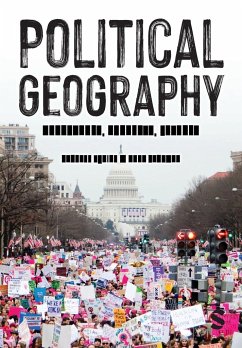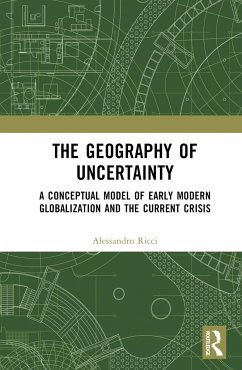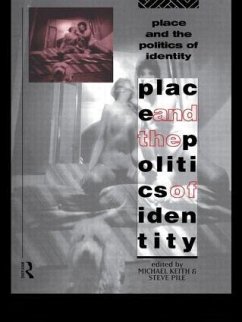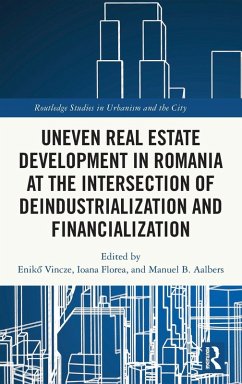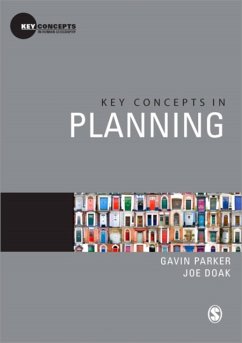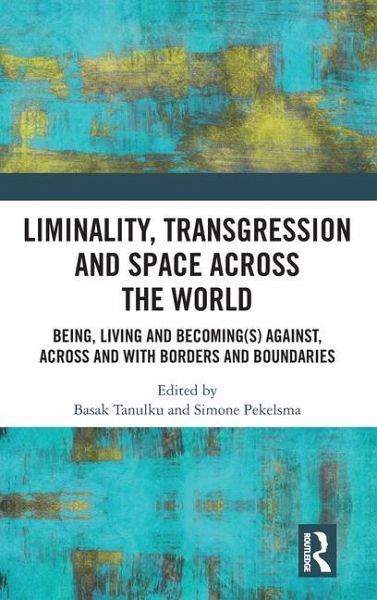
Liminality, Transgression and Space Across the World
Being, Living and Becoming(s) Against, Across and with Borders and Boundaries
Herausgegeben: Tanulku, Basak; Pekelsma, Simone

PAYBACK Punkte
69 °P sammeln!
This book analyses various forms of liminality and transgression in different geographies and demonstrates how and why various physical and symbolic boundaries create liminality and transgression.Its focus is on comprehending the ways in which these borders and boundaries generate liminality and transgression rather than viewing them solely as issues. It provides case studies from the past and present, allowing readers to connect subjects, periods, and geographies. It consists of theoretical and empirical chapters that demonstrate how borders and liminality are interconnected. The book also be...
This book analyses various forms of liminality and transgression in different geographies and demonstrates how and why various physical and symbolic boundaries create liminality and transgression.
Its focus is on comprehending the ways in which these borders and boundaries generate liminality and transgression rather than viewing them solely as issues. It provides case studies from the past and present, allowing readers to connect subjects, periods, and geographies. It consists of theoretical and empirical chapters that demonstrate how borders and liminality are interconnected. The book also benefits from the power of several visual essays by artists to complete the theoretical and empirical chapters which demonstrate different forms of liminality without need of much words.
The book will be of interest to researchers and students working in the fields of urban and rural studies, urban sociology, cities and communities, urban and regional planning, urban anthropology, political science, migration studies, human geography, cultural geography, urban anthropology, and visual arts.
Its focus is on comprehending the ways in which these borders and boundaries generate liminality and transgression rather than viewing them solely as issues. It provides case studies from the past and present, allowing readers to connect subjects, periods, and geographies. It consists of theoretical and empirical chapters that demonstrate how borders and liminality are interconnected. The book also benefits from the power of several visual essays by artists to complete the theoretical and empirical chapters which demonstrate different forms of liminality without need of much words.
The book will be of interest to researchers and students working in the fields of urban and rural studies, urban sociology, cities and communities, urban and regional planning, urban anthropology, political science, migration studies, human geography, cultural geography, urban anthropology, and visual arts.






